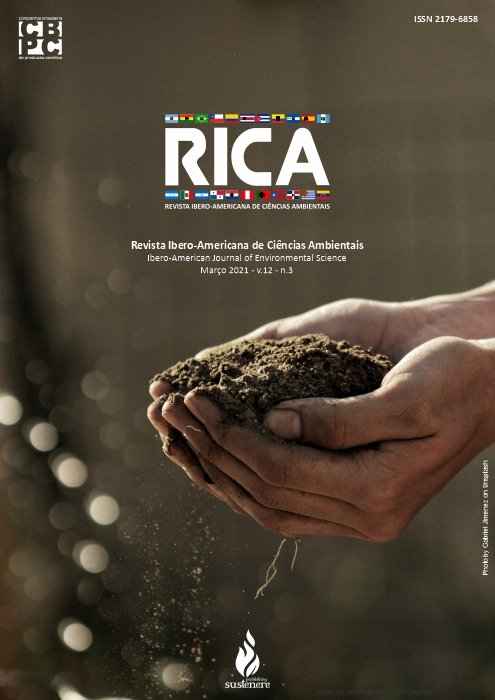Integrated aquapony production and anaerobic digestion for biogas generation in urban environment
DOI:
https://doi.org/10.6008/CBPC2179-6858.2021.003.0036Keywords:
Pisciculture, Hydroponics, Energy, Anaerobic digester, Mathematical modelingAbstract
The integrated system between aquaculture, hydroponics and cattle manure can present environmentally viable solutions for the production of food and energy in the urban environment. Anaerobic biodigesters are composed of a hermetic chamber, in which, under ideal operating conditions, they allow bacteria to break down organic waste present in the system. The biogas generated from it can be used as a fuel, used in turbines, gas engines and boilers to produce electricity. Thus, the objective was to evaluate the replacement of water in the process of anaerobic digestion of cattle manure by fish farming sludge. The experiment was carried out at the Rural Electrification and Alternative Energy Laboratory at the Engineering Department of UFRRJ. Prototypes of benchtop anaerobic digesters in the Indian model were used, the batch supply system being. The substrates used in the anaerobic mono-digestion and anaerobic co-digestion processes were fish farming sludge (FS) and cattle manure (CM), in ratios of 100:0, 75:25, 50:50, 25:75 and 0:100 FS:CM. By carrying out the biogas-flaring test to detect the presence or absence of methane in sufficient quantity to maintain the flame, biogas was confirmed from the third week. Boltzmann's Sigmoid mathematical model for the 75:25 and 0:100 FS:CM ratios and the Gompertz mathematical model for 50:50 and 25:75 FS:CM ratios were considered the best ones to estimate the kinetic curves of accumulated biogas production. The 25:75 FS:CM ratio showed the highest accumulated biogas production value, being 13.55 L in 16 weeks. The cumulative biogas yield, demonstrated use of more than 90% of the energy efficiency for fossil fuels compared to the ratio 0:100 FS:CM. Therefore, it is concluded that the fish farming sludge offered improvements in anaerobic co-digestion in relation to anaerobic mono-digestion, being a substrate of great importance for the generation of energy in the biogas production. When replacing a noble good such as water, it became a sustainable system on the pillars of the appropriate social, economic and environmental dimensions.
Downloads
Downloads
Published
Issue
Section
License
The CBPC - Companhia Brasileira de Produção Científica (Brazil CNPJ: 11.221.422/0001-03) the material rights of the published works. The rights relate to the publication of the work anywhere in the world, including rights to renewals, expansions and dissemination of the contribution, as well as other subsidiary rights. All electronically published works may subsequently be published in printed collections under the coordination of this company and / or its partners. The authors preserve the copyright, but are not allowed to publish the contribution in another medium, printed or digital, in Portuguese or in translation.









